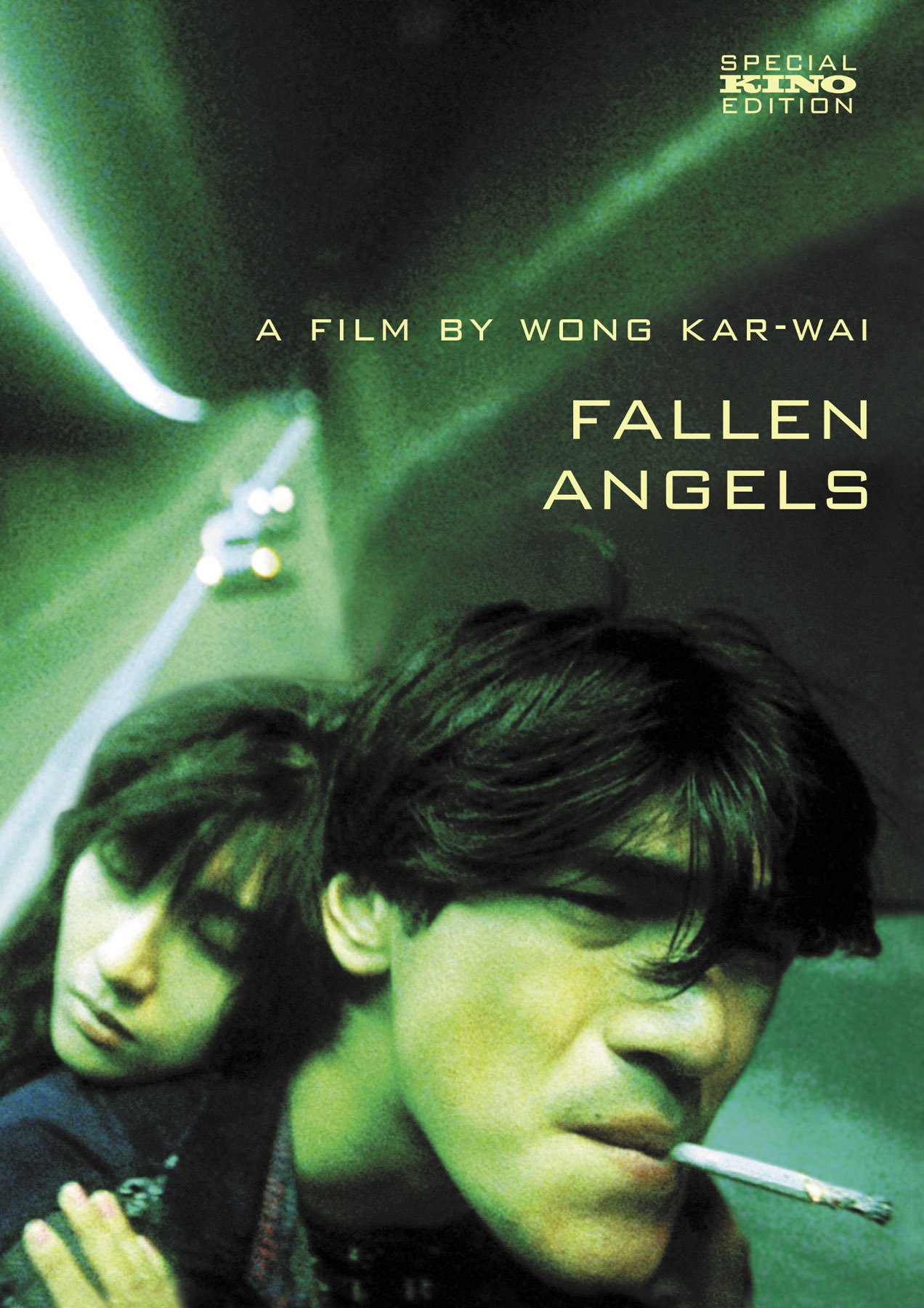spacetime coordinates: 1975 – 1977 in West Berlin

Christiane F. (German: Christiane F. – Wir Kinder vom Bahnhof Zoo) is a 1981 German biographical drama film directed by Uli Edel that portrays the descent of Christiane Felscherinow, a bored 13-year-old growing up in mid-1970s West Berlin, to a 14-year-old heroin addict. Based on the 1978 non-fiction book Wir Kinder vom Bahnhof Zoo (We Children from Zoo Station), transcribed and edited from tape recordings by Kai Hermann and Horst Rieck, the film immediately acquired cult status and features David Bowie as both composer and as himself. In 2013, Felscherinow published her autobiography Christiane F. – My Second Life.

The film was shot with a low budget in 1980 and released in 1981, but set between 1975 and 1977 in West Berlin. It skips the beginning and the end of the book, and concentrates on the main story, starting when Christiane begins her nightlife in Berlin at around 13 years old, and stops rather abruptly after her suicide attempt by stating that she recovered. In the real story, Christiane F. never fully recovered from her addiction, nor did her troubles end with going to Hamburg to begin withdrawal.
The cast is composed mainly of first-time actors, most of whom were still in school at the time and have mostly not pursued acting careers since. Natja Brunckhorst is the only cast member who continued to act in German films and television. Real life “Stella” (Catherine Schabeck), aged 18 at the time, has a short cameo as the drug dealer that sells the first dose of heroin to Detlev. Most of the extras at the railway station and at SOUND were actual drug users and prostitutes. It would now be illegal to have minors act in the film’s graphic shoot-up, nudity and sex scenes; at the time, however, all the production needed was a written letter of consent from the parents to proceed with filming.


Bowie’s music from his albums made in Berlin during 1976 and 1977 is played throughout the picture, and as he was at the peak of his popularity during the late 1970s and early 1980s, his presence helped boost the film’s commercial success. (wiki)

Can you dream about anything?
Can you really be sure you are not dreaming?
Can you dream -are you dreaming-?
Have you pinched yourself to see that you weren’t dreaming?


















 District 13 (French title Banlieue 13 or B13), is a 2004 French action film directed by
District 13 (French title Banlieue 13 or B13), is a 2004 French action film directed by 











